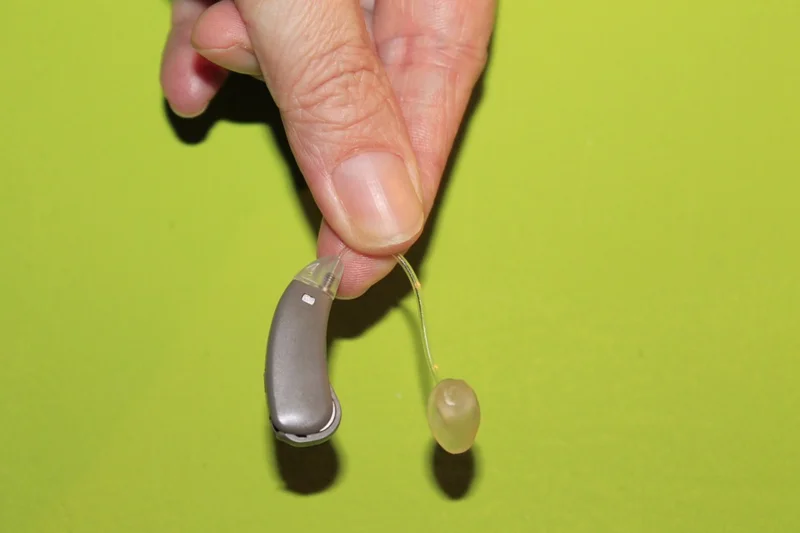As the name suggests, these hearing aids use digital technology to enhance speech and reduce background noise. In noisy environments, the processor turns down the sensitivity of the rear microphone, which makes it easier to hear sounds. When things are not as loud, the process reverses. One of the essential hearing aid features is a rechargeable battery. Rear microphones are a great option if you frequently wear them. But, they can be noisy.
Table of Contents
Rechargeable batteries
Rechargeable batteries have several advantages over disposable ones. They are easier to use and dispose of and reduce environmental impact, as people will not be forced to change the batteries regularly. Rechargeable hearing aids also require less frequent charging, making them more convenient for people to use. Compared to disposable hearing aid batteries, rechargeable ones will save time and money over the long term.
Rechargeable batteries are a great benefit for people with dexterity issues. The batteries stay in the hearing aid instead of coming out, so children and pets can’t accidentally spill the battery. Also, in-built batteries are ideal for people who cannot replace small batteries. In-built batteries can be put in a charger easily and don’t have to be removed. Alternatively, users can easily place the hearing aid in a charging station and replace the battery.
Directionality
A directional hearing aid can help you to distinguish speech from background noise. It consists of two or more microphones, separated by a certain distance, and focuses on amplifying sounds directly in front of you. A directional microphone’s null (the least sensitive part of the microphone’s response) turns toward the sound to make it less noticeable. Depending on the direction of the sound, it can help you hear speech even in the most challenging listening environments.
Some people prefer a certain directional hearing aid mode. Directionality is a highly personal preference. While users of a given hearing aid often prefer a directional mode, a client may prefer a more omnidirectional model for quieter environments. Different technologies, such as binaural beamforming and differential polar responses in different frequency ranges, refine directional hearing. Although directional hearing aids are still fairly new, some manufacturers are improving this area.
Noise reduction
In addition to speech enhancement, noise reduction is one of the essential features of hearing aids. It separates sound signals, so they are processed in different channels. It can improve speech understanding and comfort when background noise is predominant. Noise reduction can also reduce feedback whistling in the ear. It can be extremely helpful in noisy environments.
Directional microphones: These mics can pick up sounds from a specific direction and block out the noise from other directions. These microphones can improve speech understanding in noisy environments and have an excellent satisfaction rate. Digital noise reduction: This feature analyzes the signal and filters out unwanted noise. It improves listening comfort and reduces background noise. Digital noise reduction is a popular choice and has proven to be effective.
Speech enhancement
A speech enhancement feature improves the ability to understand speech in various situations. For example, in noisy environments, background noise often has characteristics similar to speech. Automatic speech enhancement programs work by detecting subtle differences in sound to amplify speech sounds and minimize the background noise. The speech enhancement feature is a crucial component in aids that can improve the quality of life for those with hearing loss.
Modern hearing aids have two microphones mounted at six to twelve millimeters. The distance varies depending on the style and brand of hearing aid. A sound can arrive at one microphone slightly before it reaches the other, so the hearing aid employs a filterbank. This time difference is equivalent to 35 microseconds, and it holds valuable information about the direction of the sound. Moreover, the amplitude of sound received by each microphone depends on its direction.
Tinnitus masker
A Tinnitus masker is one of many essential features of a hearing aid that helps tinnitus sufferers. These devices can help patients identify the most effective volume control setting for masking tinnitus. Clinicians may use pink noise, broad speech, or white noise to assess the minimum level necessary for masking tinnitus. The clinician instructs the patient to indicate when masking is achieved and gradually increases the audiometer’s output in one-decibel increments. A good starting point is at the level of tinnitus in each ear.
Most hearing aids are equipped with a Tinnitus masker. The Tinnitus masker is usually an app or program embedded within the device. This feature is vital for people with tinnitus as the noise level may not be enough to mask the ringing in the ears. A hearing instrument specialist will be able to help you choose the best Tinnitus masker for your unique situation.
Read also: Phonak Audeo Marvel Hearing Aid Review

